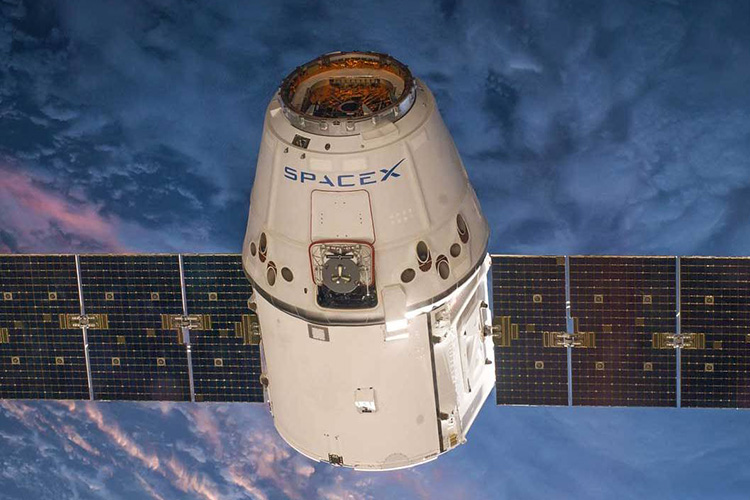
Starlink's satellite internet promises to captivate technology enthusiasts worldwide. photo courtesy of NASA
Starlink’s satellite internet launch has been interstellar.
Elon Musk is known worldwide for his ingenious inventions and astronomical wealth. From cars to rocketships, Musk has become the influential figure he is today through his technological business ventures and he shows no sign of stopping soon. Musk’s latest venture has been breaking technological boundaries allowing for wireless internet connectivity seemingly anywhere above water. Starlink is a system of satellites that creates a global network that can broadcast Wi-Fi down to Earth.
SpaceX, the mother company of Starlink, sent its first set of satellites into orbit in 2019. Merely four years later, the company has a head-turning two million plus users. This growth in user base is incredible when compared to other leading companies providing similar services. Cloudflare, an IT service management company, asserts that during the 2023 year, Starlink grew its U.S user base by 150%. In other countries such as Brazil where Starlink was first introduced in 2022, traffic has increased by 1600%. This rapid increase represents Musk’s determination to increase his global influence. Starlink traffic has grown faster than the global internet as a whole, which has grown by 25% in the same time span. The catalyst for success that Musk and Starlink are utilizing is rapid expansion. While Starlink expands their target market and user base, Musk simultaneously increases his influence. The service averages 80 dollars a month from the consumer perspective, with a $1.4 billion dollar revenue during 2022. Nonetheless, this performance was characterized as “falling short” of SpaceX’s growth estimates.
Currently, the company is breaking even when it comes to cost and revenue. In terms of the future, the growth is expected to be exponential. Musk stated “Excited to announce that SpaceX Starlink has achieved breakeven cash flow! Excellent work by a great team,” on X (formerly known as Twitter) in 2023. The service itself conquers competition when it comes down to performance and latency times. Starlink utilizes a constellation of thousands of satellites that orbits earth much closer to the Earth (about 550km) than other competing services. Most satellite internet services come from one single satellite that sits in orbit at about 35,785 km above earth. This significant difference in distance from the Earth and the number of satellites is the main competitive advantage that Starlink holds. It is the secret sauce that allows Starlink to dominate on a global scale and provide internet service anywhere in the world with lower latency (delays).
Furthermore, the service comes in a few different forms, all that provide the same functionality. There are currently three different Starlink hardware options; the Standard (Flat) Dish, Standard Actuated Dish, and the Flat High Performance Disk. After that comes the service options, of which there are four. There are two mobile data plans and two stationary plans and Starlink recommends a specific dish depending on the type of plan selected. Once these dishes are connected to the service and put to work, they serve as both a transmitter and a receiver of internet data, at a lower latency because of the utilization of a closer network of satellites. In use, the service is best provided through a dish that is placed in a fixed and elevated position with a completely unobstructed view of the sky. Obstructions of the sky are the kryptonite of Starlink; however, in terms of functionality, it is not hard to avoid this problem and utilize a better internet service.
Starlink provides a significant breakthrough in internet technology as can be witnessed by its exponential growth. It offers a service with new high speeds and a bright future that can benefit a wide variety of internet users.